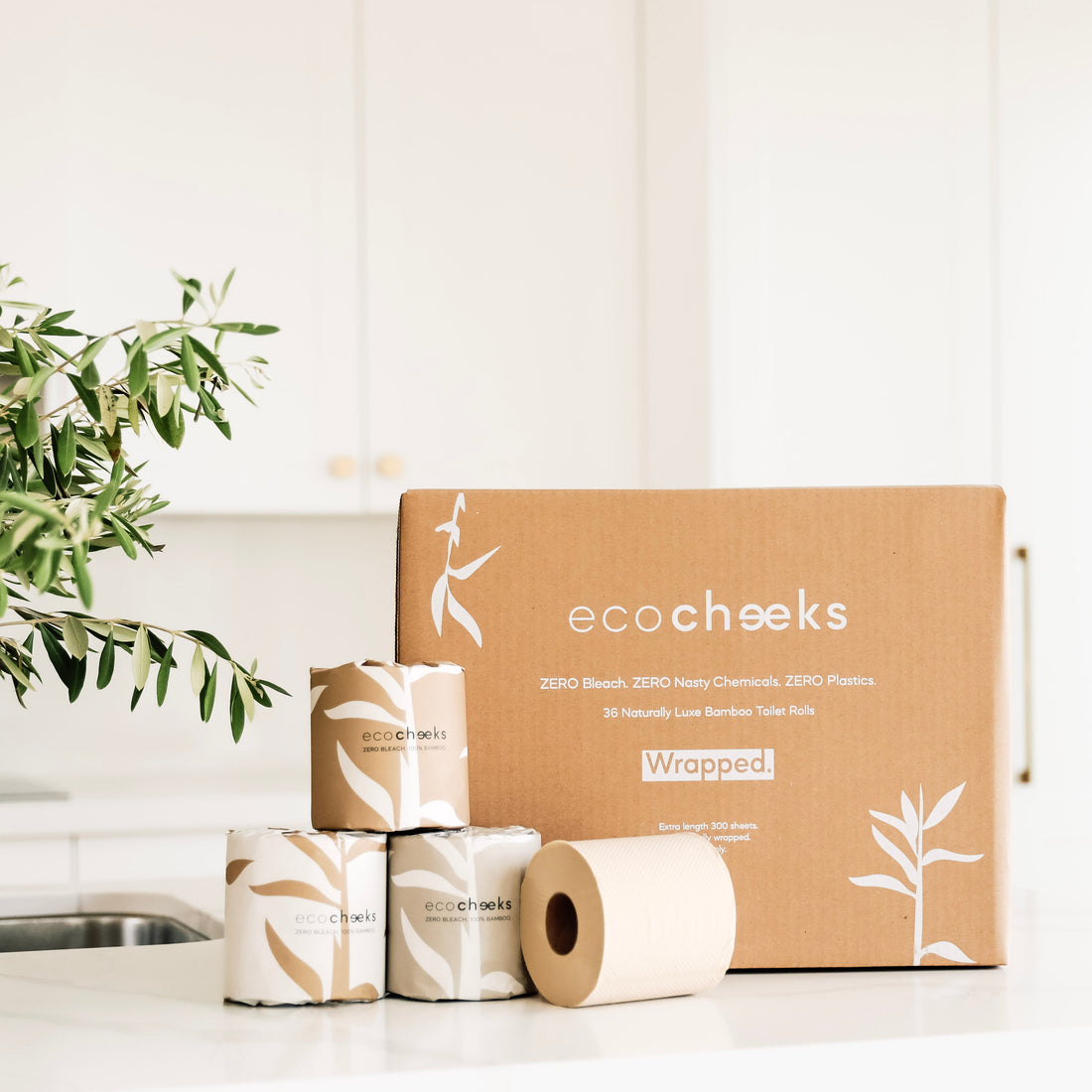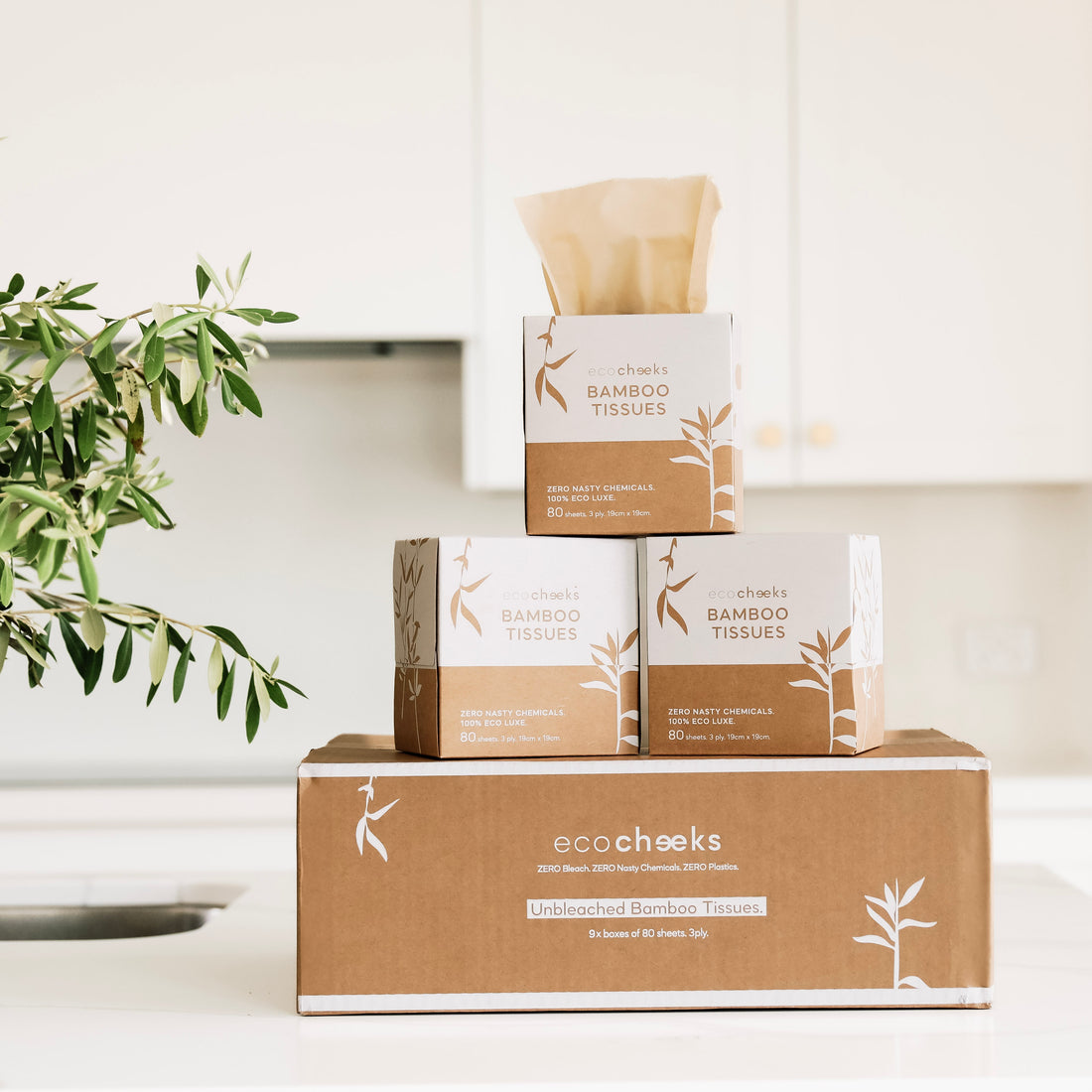SIMPLE CHANGES YOU CAN START TO MAKE TODAY
Let me just start by saying that this kind of change is all about baby steps. Remember, lots of small changes can make a big difference. We all want to protect your family and this wonderful world we live in, but when you dive into this subject, it’s a rabbit hole. You start to realise there are nasties in just about everything. But thankfully, there are safer alternatives out there. Instead of 8 steps, I could write 888, but the purpose of this is to highlight some simple changes and first steps you can do to get ‘rolling’ towards toxic-free living.
What is toxic-free?
It means to be free from any natural or man-made poisons that will have a negative impact on our health.
Why try to be toxic-free?
The way I see it, our body is a temple and our earth is a heaven – we need to take care of both! It’s important to understand that the skin can absorb practically any particles that come into contact with it, ending up in our bloodstream. Our world is full of hidden toxins in our food, our products, and in the air we breathe. Many are completely unnecessary and used to make cheap products, with long shelf lives, that generate big profits. It’s unfortunate big companies and governments turn their backs to proven links between these ingredients and the major health issues of today, such as cancer, autism, alzheimer’s, heart disease, etc. But by taking things into your own hands, you can reduce your exposure and reduce your risk of diseases. All at the same time as helping the planet. Winning!!
How do I live a toxic-free life?
Education! It’s very difficult to avoid all, unless you’re going to be fully self-contained away from all human civilization, but even then, air pollutants travel. Start reading labels, making small changes, and step by step, we can clear the air and make safer home environments.
Some of these swaps can be an additional cost, but do it gradually and know that it’s an investment into your & your family’s wellbeing. Feel the joy and be proud in making better choices moving forward.
THE 8 STEPS:
-
Fragrance Stinks!
If you only do one of these steps, start to avoid any personal care or cleaning product that lists fragrance or perfume as an ingredient, including those in air fresheners. The word fragrance is used to hide a chemical cocktail of over 3,000 different ingredients. These chemicals can contain carcinogens, hormone disruptors, neurotoxic chemicals, asthmagens, and allergens. No thanks!
Tip: 100% natural essential oils in a diffuser to fill your home or even as a perfume. Not only do they have beautiful scents, but they have many added health benefits, too. Another alternative is this toxic-free fragrance I use and always get compliments on.
-
The Dirt on Cleaning Products
Our homes are meant to be our safe space, where we spend a large amount of our time; however, many home cleaning products contain synthetic fragrance and a bunch of unnecessary chemicals. Using these products all over the home, we’re spreading tiny particles of toxins. Laundry detergent is especially dangerous as our clothes come into direct contact with our skin, as well as anything we use without gloves.
Tip: You don’t need to start making your own cleaning product, as there are many cost-effective, eco-friendly ones now on the market; however, if you did want to try an easy DIY, use bicarb soda and vinegar. I put off using this for a long time, thinking it was too simple and cheap to be effective… I was wrong! Give it a go.
-
Organic produce
This one can hit the pocket a little more, but it’s an important one to reduce your pesticide burden. Organic foods are produced only using natural substances and avoiding all artificial chemicals or genetically modified organisms (GMOs), all of which play havoc on our health. The other upside, organic foods contain higher antioxidant content, which helps lower our risk of various diseases.
Tip: A great place to start is to either switch to organic or avoid the conventional produce that is listed in the ‘dirty dozen’, as these have been found to contain the highest levels of pesticides. Also, get to your local farmers' market, and taste the difference!
-
Plastic or Glass? Glass!
Not only is glass better for the planet in the battle against plastic, but it’s safer for us too, as it doesn’t leach harmful chemicals into our food. This goes for storage, but especially if you reheat food in the plastic containers. Although there is a move toward BPA-free containers, many companies are replacing BPA with similarly harmful chemicals like BPS and BPF. Glass is non-porous, unlike plastics, making it healthier and easier to clean. Tick, tick!
Tip: I also use a bunch of old jars, big and small, to store food in the pantry or to store leftovers. These are free and last forever (unless broken, then at least we can recycle them).
-
Clean water aint so clean!
Water is the spice of life and essential to our health. Our government attempts to provide us with water that is safe; however, the quality at the point of consumption may not be beneficial for our long-term health. Contaminants, including heavy metals, chlorine, pesticides, bacteria, organic & inorganic compounds, can all be present. Finding a filter that takes out the bad but leaves the good is the best idea.
Tip: A water jug filter is a good start, but a better investment is in a bench-top or under-beach system. I use this reverse osmosis system, which removes nasties and adds in some goodies - I love it!
-
Ditch the cling wrap!
There is a much-needed movement towards reducing plastic waste these days, especially SUP (single-use plastics), to help protect our environment, but it’s also needed to protect our health. Plastic wraps can be made with PVC or BPA and often are in direct contact to our food. There are many great alternatives on the market these days, like bees wax and reusable wraps.
Tip: We’re currently using Agreena 3-in-1 reusable wraps, and for times when items won’t make it home (partner's lunch), I use these sandwich bags, which can be reused a few times, if they do make it home.
-
No to Non-Stick Cookware
Buy a cast-iron pan instead. They are cheap, last forever, and won’t expose you to the chemicals found in Teflon pans. Non-stick cookware can release dangerous fumes if overheated, leaching straight into your food.
Tip: Other substitutes are ceramic, stainless steel, or glass for baking.
-
Unbleached Toilet Paper
As mentioned throughout the above, there are many unnecessary chemicals in our products that just don’t need to be there. Bleach in toilet paper is one of them. The very thing we use to make something look white and clean is dirty and toxic. Our skin is the largest organ, and our who-ha’s are the second most absorbent area, followed by the eyelids. But when reaching for something so highly consumed, ensure it is made from something that isn’t harming the environment – hello, bamboo!
Tip: My favorite brand, of course, is EcoCheeks.
Want more handy little tips, interesting news, and a 10% discount on your first purchase? Subscribe to our every so often, great bathroom reading!







